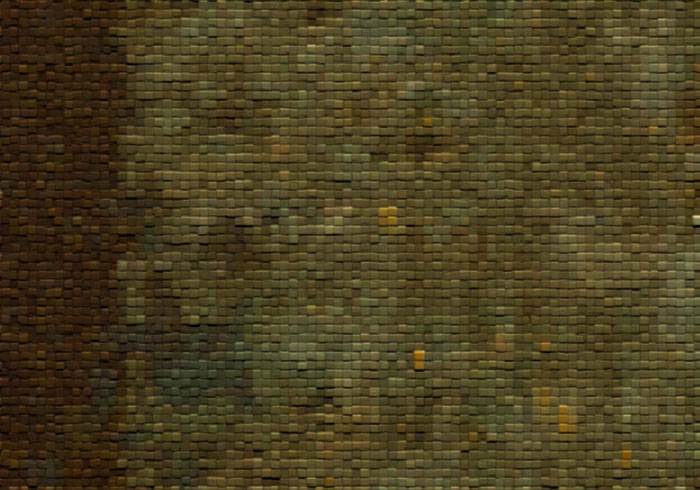


Human beings, that is, people not very different from us in the scientific ways that count – DNA and stuff like that, originated in Africa well over 150,000 years ago.
Some of them arrived in western Asia and Europe by about 40,000 years ago, just before the Ice Age began. These humans were hunters and gatherers. They wandered around Europe, just making do, as the herds thinned and food became scarce until the Ice Age ended about 12,000 years ago.
Around 12,000 years ago, in what today is Turkey, Syria and Israel, humans began to domesticate some game animals and some wild grains and began to settle down and raise their own food instead of hunting it. In short, they created agriculture. Now these were still Stone Age people, they had not yet begun to use metal, but they did build permanent settlements of mud brick, and we think that they began to divide their labor, and use art at least in their religious ceremonies. Among the more important of these late Neolithic communities are Catal Huyuk in Modern Turkey and Jericho in Palestine.
These primitive cities grew and prospered for a time with the rudiments of civilization and faded into obscurity. But they are important because they form a sort of bridge between those wandering tribes and other small groups of the Stone Age and the bright shiny new Bronze Age civilizations.

The Community of Catal Huyuk in Anatolia in Modern Turkey is one of the earliest cities to be discovered. It flourished in the late Neolithic around 8000 B.C.

